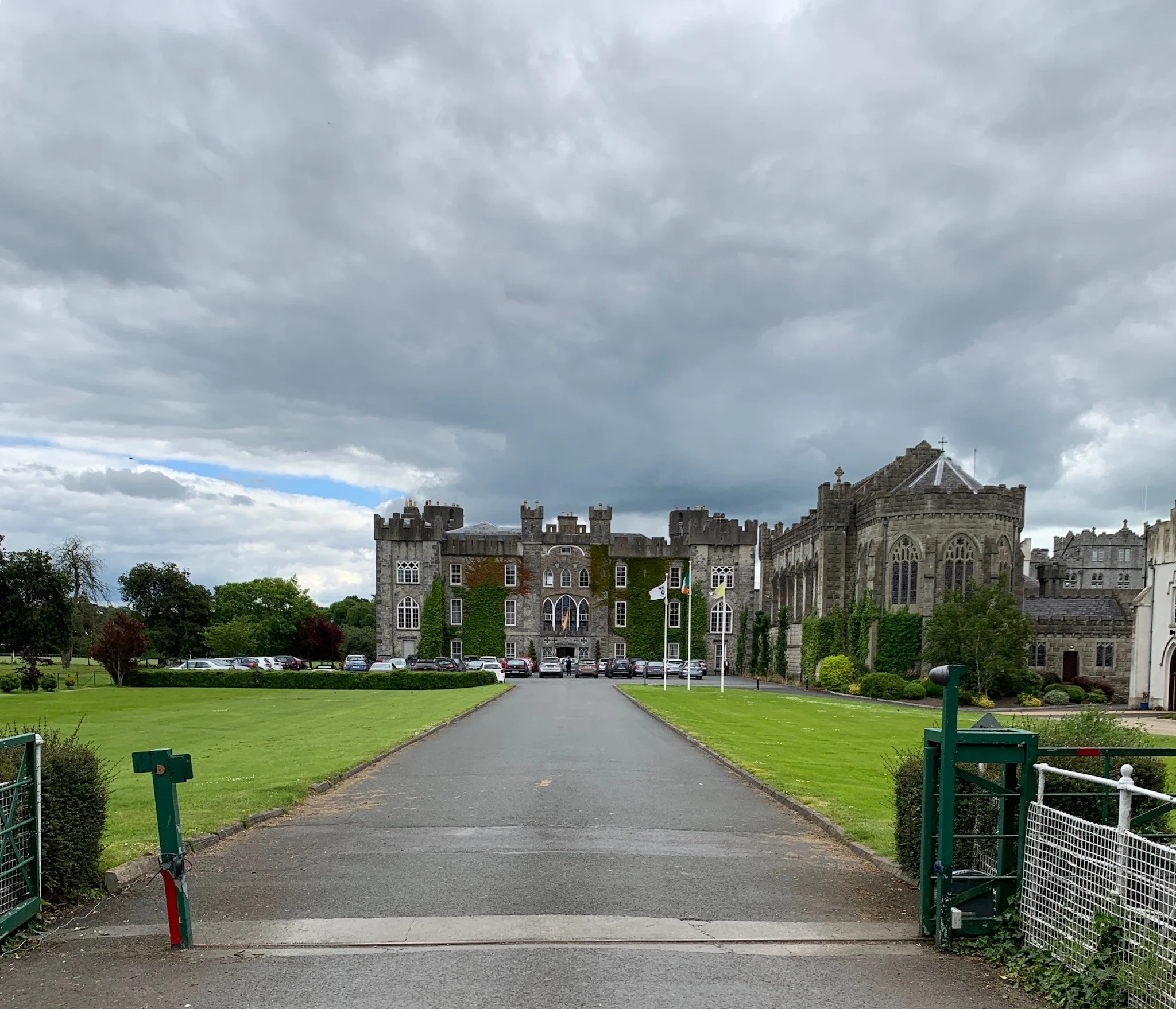Portrait: A Brush Up
Joyce’s first novel, A Portrait of the Artist as a Young Man, published in 1914, introduces us to both the culture of Dublin and the character of Stephen Dedalus. Given that Stephen returns as one of the two principle protagonists of Ulysses, we might consider A Portrait as a prequel to Ulysses.
As the narrative of A Portrait progresses chronologically from Stephen’s early childhood into his adolescence, the prose style reflects his increasing ability to comprehend the world around him and the improving sophistication of his thoughts and intellectualism. For example, the novel begins in a narrative style that reflects Stephen’s mental state through its use of simplistic diction, repetitive syntax, and the narrative perspective of a baby:
Once upon a time and a very good time it was there was a moocow coming down along the road and this moocow that was coming down along the road met a nicens little boy named baby tuckoo….
His father told him that story: his father looked at him through a glass: he had a hairy face. (P 3)
Clongowes Wood College
Joyce quickly moves the reader into Stephen’s experience as a young student at Clongowes Wood College. Here, Stephen encounters the youthful confusion of fitting in with peers, wondering about one’s place in the world, and confronting adults with their unfair abuse of authority. He gets really sick. He is wrongfully accused of intentionally breaking his glasses to get out of schoolwork. At home, Stephen’s first Christmas dinner at the adults’ table is marred by a nasty political argument between his father and his aunt (Simon attacks the clergy for their condemnation of Parnell, while Dante Riordan (the nanny of the Dedalus children) upholds the Church’s obligation to guide the people toward moral leaders).
A portrait of John Joyce (the source for Simon Dedalus’s character)
As Stephen matures, his father falls from prominence to destitution. Stephen attempts to assume responsibility for his siblings, using the money he earns from academic prizes. This attempt fails. He finds himself isolated from other boys due to his aloof manner, literary thoughts, and quest for enlightenment. His complex relationship with his father is highlighted during a trip to Cork, Simon’s hometown, to sell off the family property. A school religious retreat features a sermon on the pain and eternity of hell, heaping nauseating guilt on Stephen in the midst of his adolescent sinfulness (he visits a prostitute at age 15). He humbly repents and has a season of pious devotion, ultimately leading to the consideration of a vocation in the priesthood. He ignores this call in favor of becoming an artist, free to express himself and his art without the limitations imposed by faith, family, friendship, or nation.
At 20 years old, Stephen exiles himself from Dublin, going to Paris to “forge in the smithy of [his] soul the uncreated conscience of [his] race.”



